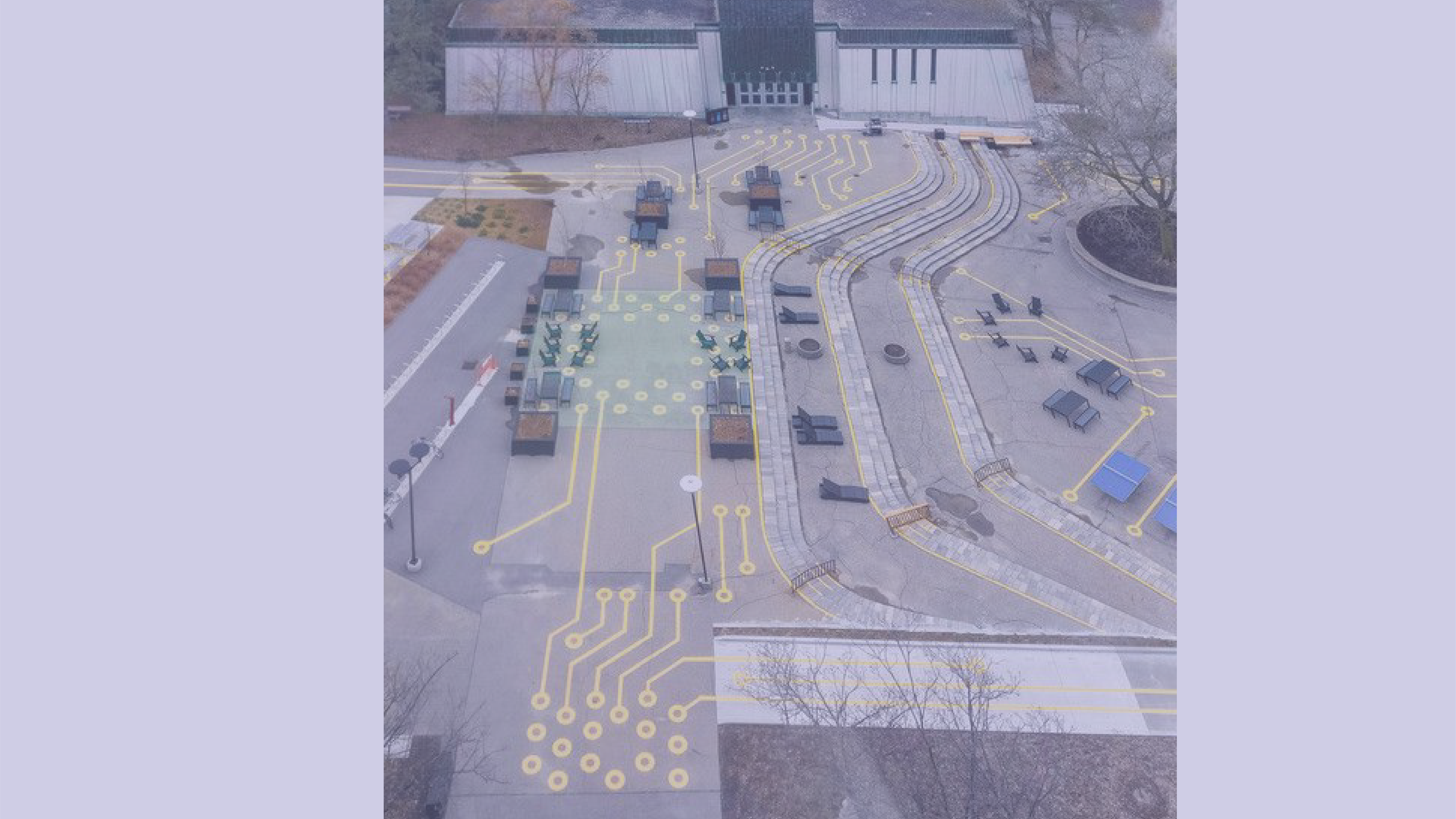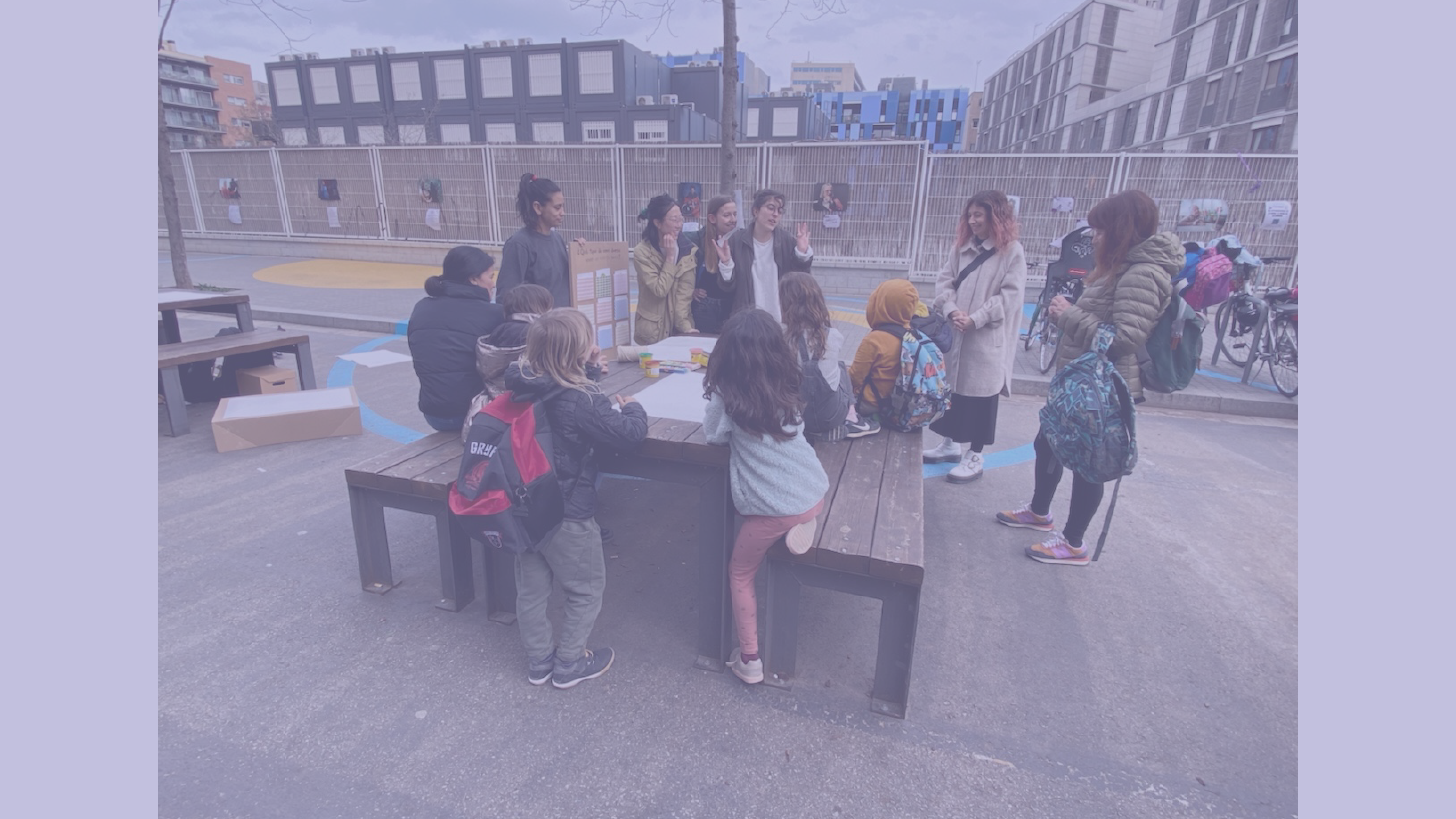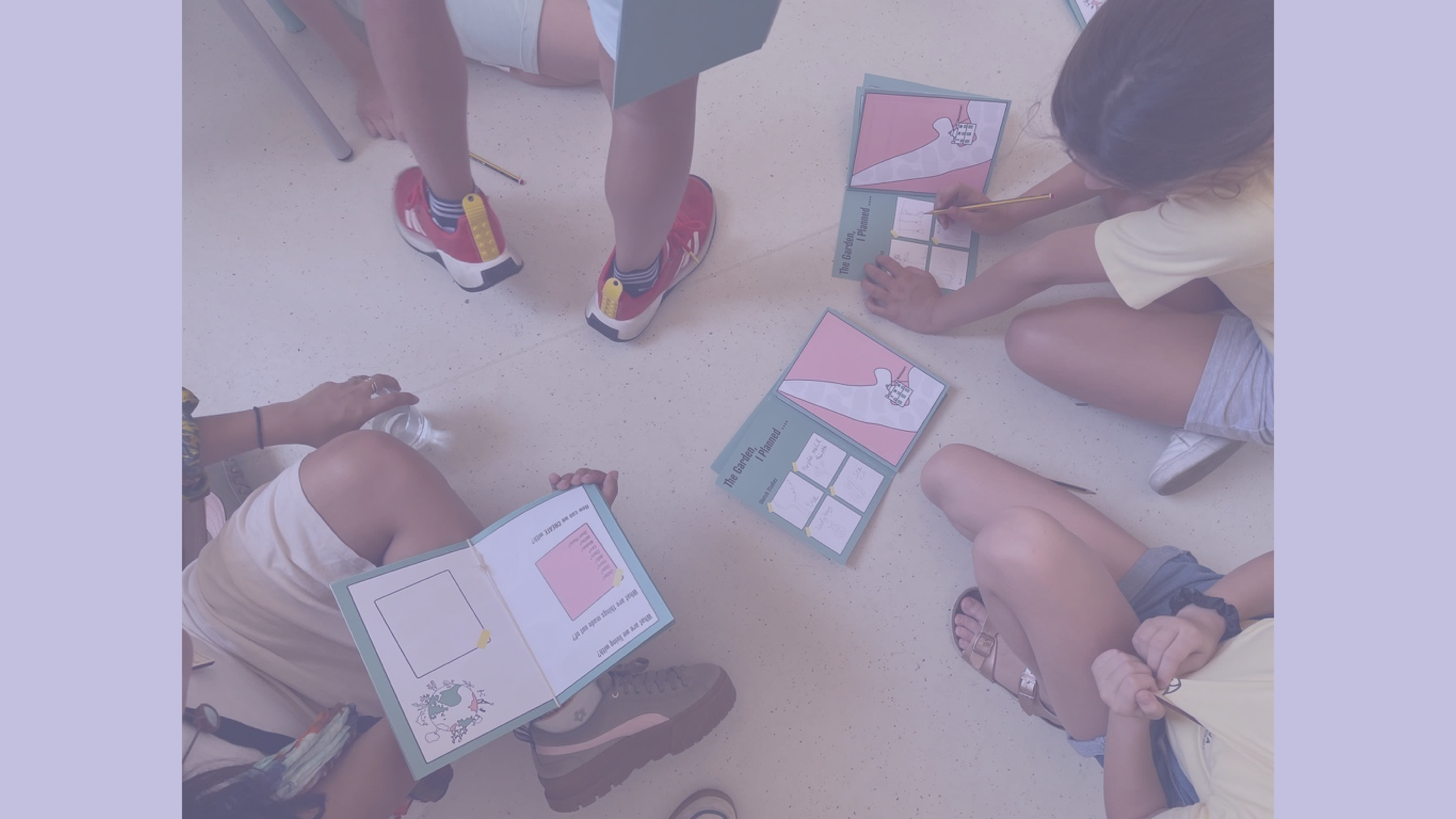Design Studio 2 - Alternative presents to emer-triggering tomorrow’s tomorrow
Through this class we studied about different scenarios and ways to examine these scenarios, which our interventions can create in the present, for future changes. We addressed these through speculative ways, through tools of design research methods and through a common understanding as designers, who create products, interventions for a some kind of behavioural change or shift in systems.
The quote of Oscar during the class really made it clear, how do we designers have to be aware of these outcomes: Alternative presents give designers the key to opening escape routes to the present continuities, offering space to radically imagine discontinuities that would offer different outcomes in favour of more optimistic future scenarios than the ones we are being presented as the most plausible results of our current business-es usual practice.
This practices are one I follow when talking with clients about the outcome of my design research projects and these are the practices as well I’m applying when designing a resistant outcome for a projects connected to social design.
In my first intervention talked about how we remember an experience the built environment around us. In an alternate present it would create, we would have spaces which can contribute to our every day life and from the experience we have there it boost our knowledge, spaces which create ideal conditions for impacts on people and people with a spatial awareness - a tactical urbanism with tactical users in it.

In my second intervention I was talking about biodiversity in urban spaces with local school kids and their parents and we were redesigning the Superilles in a way to address different agent’s different needs. In this alternative reality we were able to see with other people’s eyes and through that understand how do human and non-human agents live in the spaces which was built to a specific group of people.

In my planned third intervention, I am visualising how kids experiences their urban spaces and by that we are building spaces connected to their own needs, created by them. In this alternative present we start every decision making and planning process with the ones we will include in the usage of it, but not only their needs, but their ideas, for responsible usage and for empowerment.

Creating alternative scenarios is a must before even starting a planning process it is essential the same way as a hypothesis is, and eventually even more, because by the help of these us designers can emphasise with the outcomes, not only think of our selves as experts who can predict possible hypotheses.

